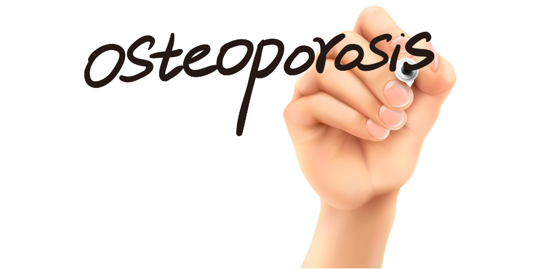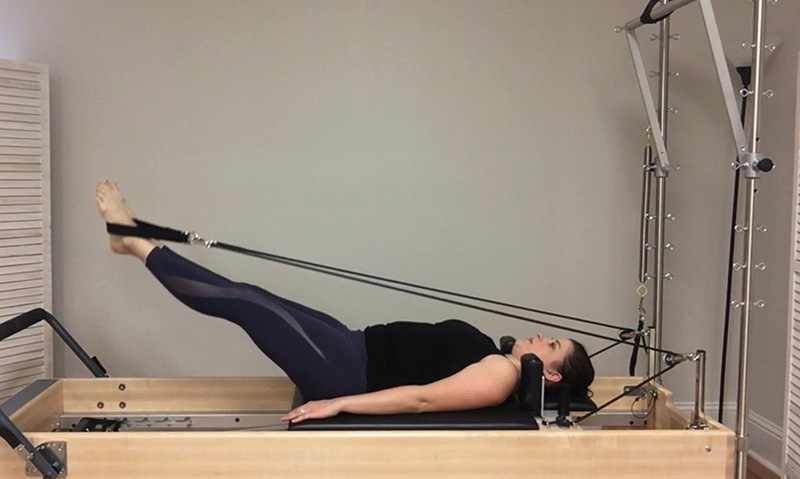Pilates For Osteoporosis

We have seen an uptick in women with osteoporosis and osteoporosis-related spinal conditions in the clinic lately. It seems as though an alarming number of women 50+ are checking the box for osteoporosis/ osteopenia…enough so, that it made me do a little investigating, and the facts I found were shocking!
I found that according to the World Health Organization (WHO), 30% of post-menopausal women in the U.S. have osteoporosis and more than 50% have osteopenia! I also went on to read that the Bone Health and Osteoporosis Foundation found that 50% of women over the age of 50 will break a bone from osteoporosis.
Let’s back up for just a moment and clear up the difference between osteoporosis and osteopenia. Osteoporosis attacks the cortical bone (hard outer shell of the bone) and spongy bone (inner matrix of boney connections) making it brittle, weak and susceptible to fractures. On the other hand, osteopenia is a “softening” of the bone, but may never actually lead to osteoporosis.
Risk factors for developing osteoporosis include: if you are a smoker or consume excessive amounts of alcohol or caffeine, a post-menopausal woman (due to the drop in estrogen), have hyperthyroid, don’t get enough calcium, have a history of GI surgery (because you cannot absorb the necessary minerals), have a history of long-term use of corticosteroids, have a sedentary lifestyle, and many more.
Osteoporosis is considered a “silent disease” because of the slow, painless progression. Many people don’t know they are affected until a fracture takes place, so it’s important to have your bone density checked at least every two years once you turn 65, especially for women.
While there is a wide array of drug options available to treat osteoporosis like Fosamax and Actonel, if you go this route, you must contend with the long list of side effects. (nausea, heart burn, diarrhea, muscle or bone pain, hives, chest pain, to name a few) There is also hormone-related therapy, but that can unfortunately lead to breast cancer or blood clots.
Exercise therapy, on the other hand, comes without any side effects and can also increase your bone density. Specific exercise considerations to manage osteoporosis should include resistance training, balance training, low impact loading and aerobic exercise. This isn’t to say you should do one without the other; only that you carefully consider your options when consulting with your physician.
High impact activities are often discouraged in people with osteoporosis due to the vulnerability of the bones. This makes Pilates an amazing option for anyone with osteoporosis looking for natural ways to address their condition. Through careful guidance, you can develop strength in safe, low-impact ways.

Reformer Pilates offers resistance from springs to build strength during pushing and pulling activities or assist you with stretching, while Mat Pilates uses your own body weight to supply the resistance. Both methods focus on controlling your movements, improving your posture, building strength, and refining your balance – the perfect recipe for protecting your body against the effects of osteoporosis!
If you have osteoporosis and want to involve more exercise into your management approach, we can help get you started! Depending on your situation, we may recommend starting with a physical therapy evaluation to learn proper exercise form and any special considerations that will help you avoid injury along your way. We also have options for private Pilates where you can learn to strengthen your body in a 1:1 setting from one of our instructors who is also a licensed clinician.
You CAN live a healthy life with osteoporosis, but you can’t ignore the vulnerabilities it causes. Tackling osteoporosis successfully is often a multi-faceted approach and we are here to help guide you along the way, so that even as your body changes, you can still live and move with confidence and security!
Give us a call at 504-407-3477 to take advantage of our special offer and get started today!
(Offer ends in March)
